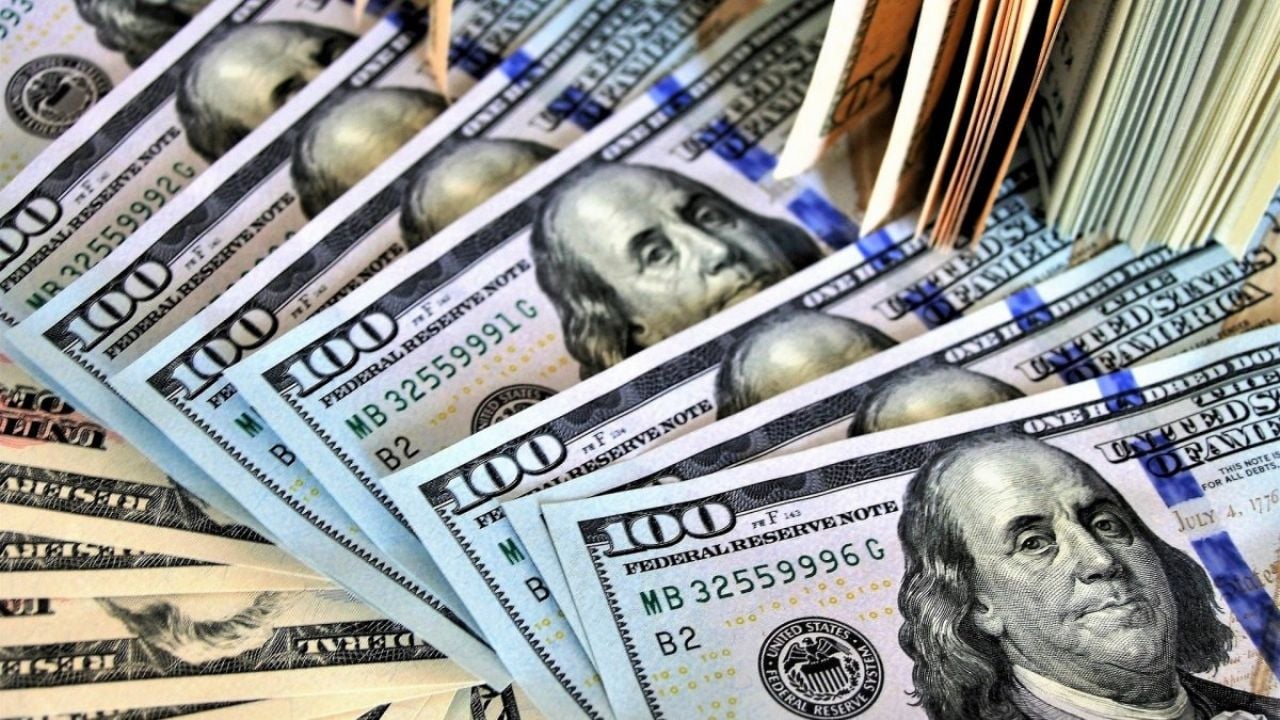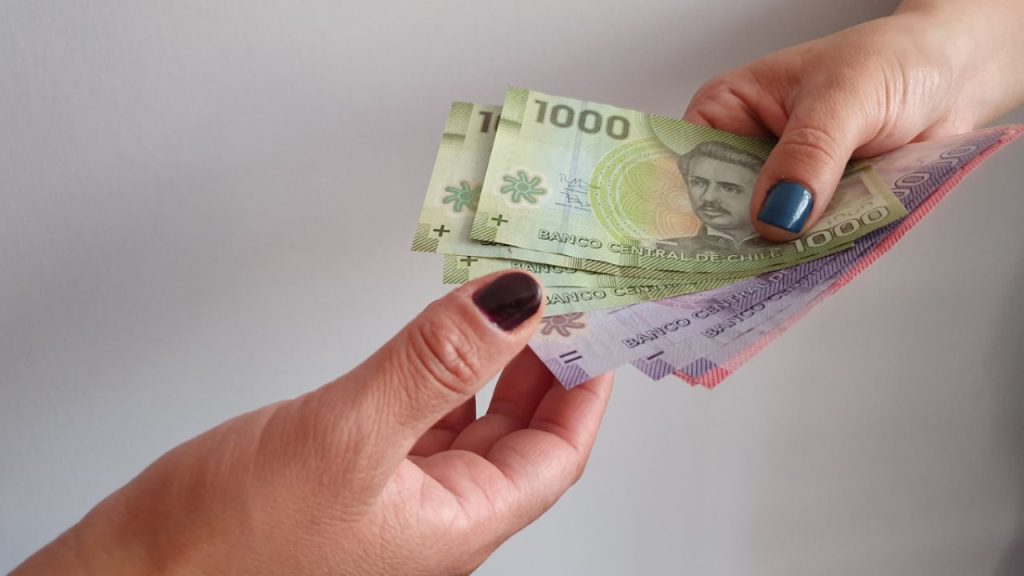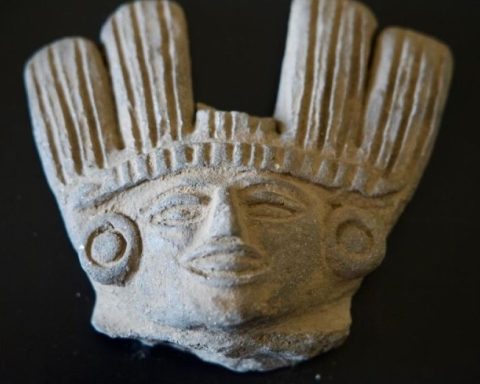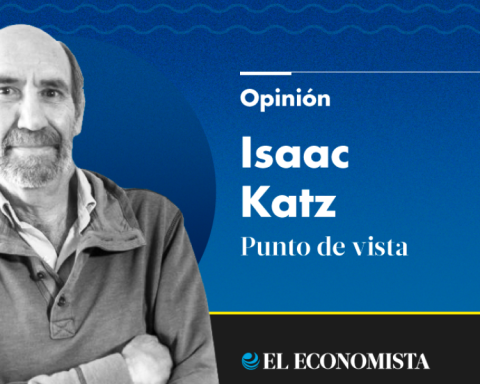On Thursday, October 31, the price of dollar presented significant variations in both the official and parallel markets, known as the blue dollar. This phenomenon is of great interest to Argentines, since the value of the dollar directly impacts the daily economy, from the prices of goods and services to investment and savings decisions.
He dollar official, which is the exchange rate controlled by the Central Bank of the Argentine Republic (BCRA), closed on Thursday, October 31 with a price of $969.50 for purchase and $1009.50 for sale. This exchange rate is used mainly for regulated commercial and financial operations, and its value is determined by the monetary policy of the BCRA.
He dollar official has experienced an upward trend in recent months, influenced by factors such as inflation, the government’s economic policy and market expectations. Inflation in Argentina remains a major challenge, and the rise in the official dollar reflects the BCRA’s efforts to maintain economic stability and control the devaluation of the peso.
On the other hand, the dollar blue, which is the exchange rate in the parallel or informal market, was quoted at $1,160.00 for purchase and $1,180.00 for sale. This parallel market arises as a response to the exchange restrictions imposed by the government, which limit the amount of dollars that individuals and companies can acquire through the official market.

Fountain: Dollar Today.
The gap between dollar official and the blue dollar is an indicator of market confidence in the economy and government policies. A wide gap suggests distrust and expectations of devaluation, while a narrow gap may indicate greater stability.
In this case, the exchange gap was approximately 17.64%, which reflects the economic tensions and uncertainty in the market. This Friday, the dollar blue is trading at $1170 to buy and $1190 to sell. Meanwhile, the official dollar is quoted at $971.50 for purchase and $1011.50 for sale.

Impact
The quote of dollar It has a significant impact on the Argentine economy. A higher dollar makes imports more expensive, which can increase production costs and consumer prices. This, in turn, can fuel inflation, creating a cycle that is difficult to break.
On the other hand, a dollar high can benefit exporters, as their products become more competitive in the international market. However, currency volatility and economic uncertainty can discourage investment and negatively affect economic growth.
follow us on Google News and on our channel instagramto continue enjoying the latest news and our best content.


















